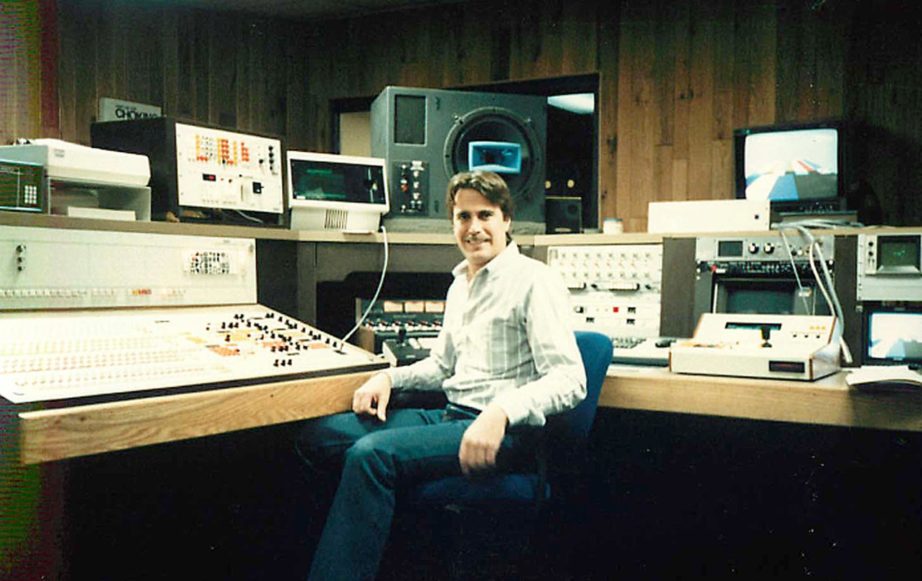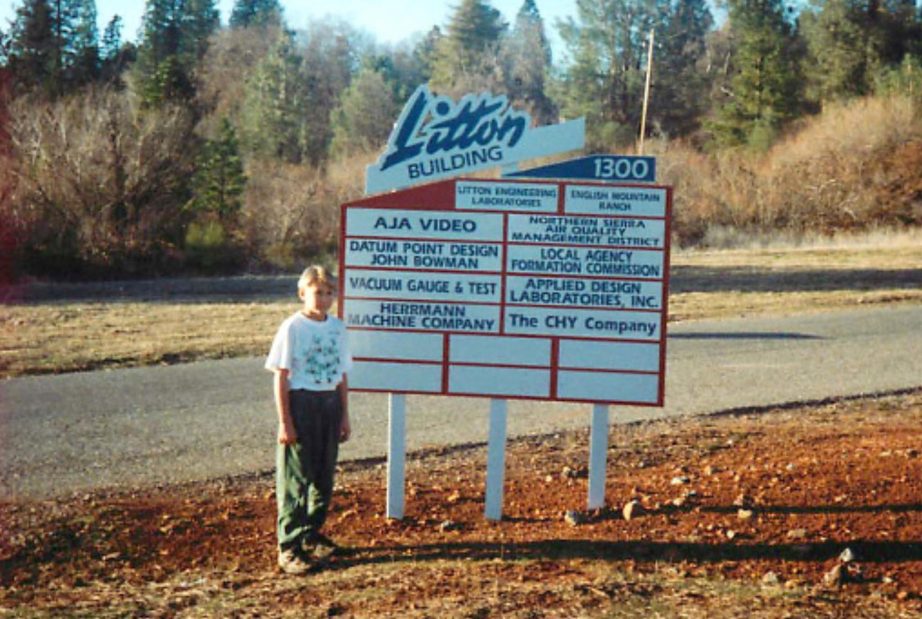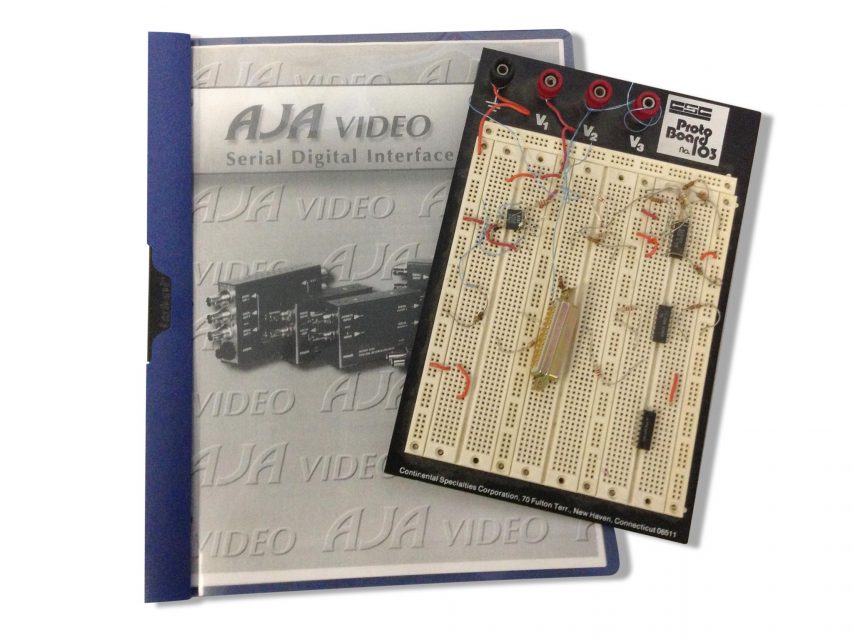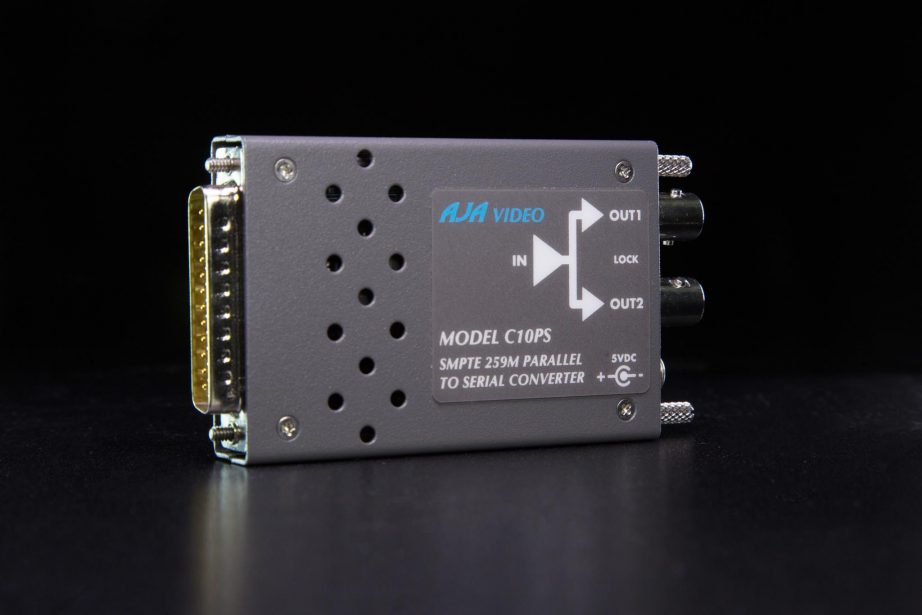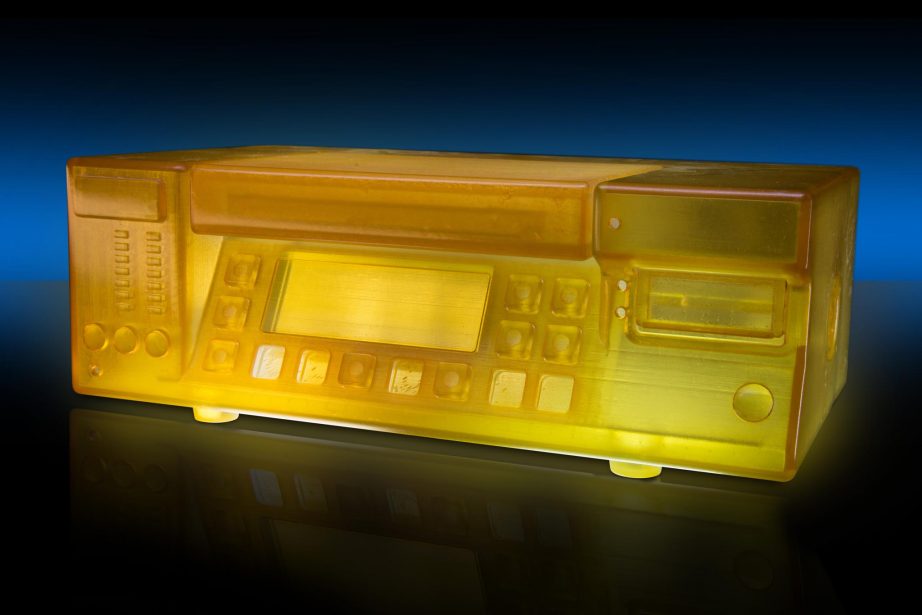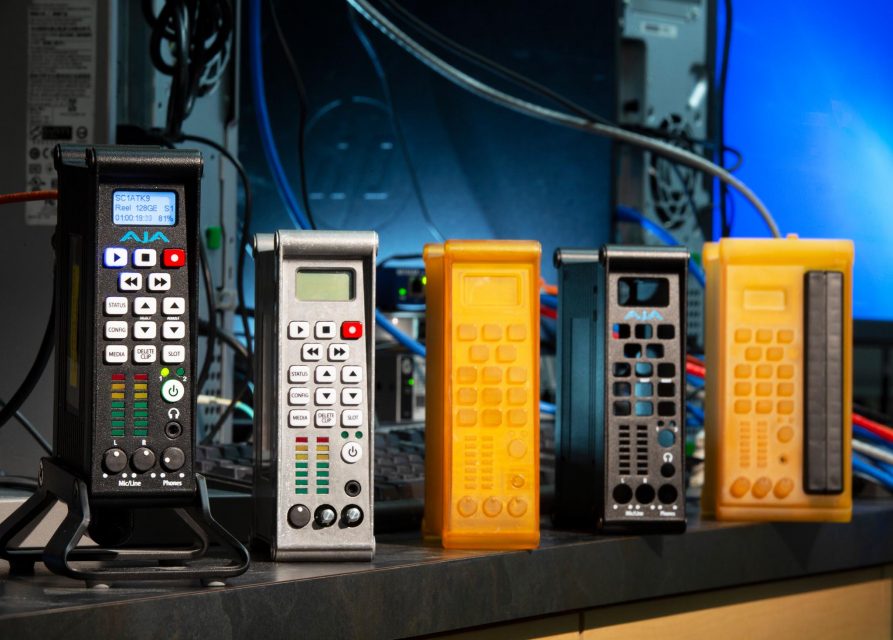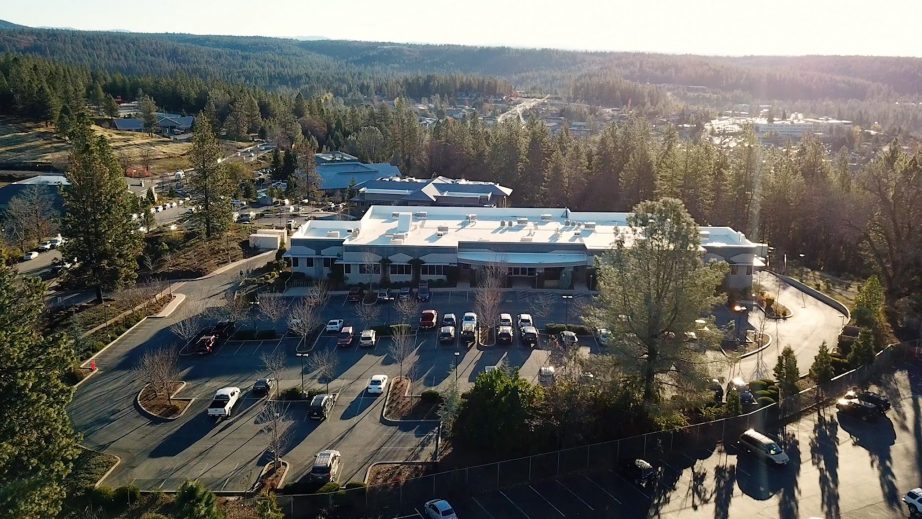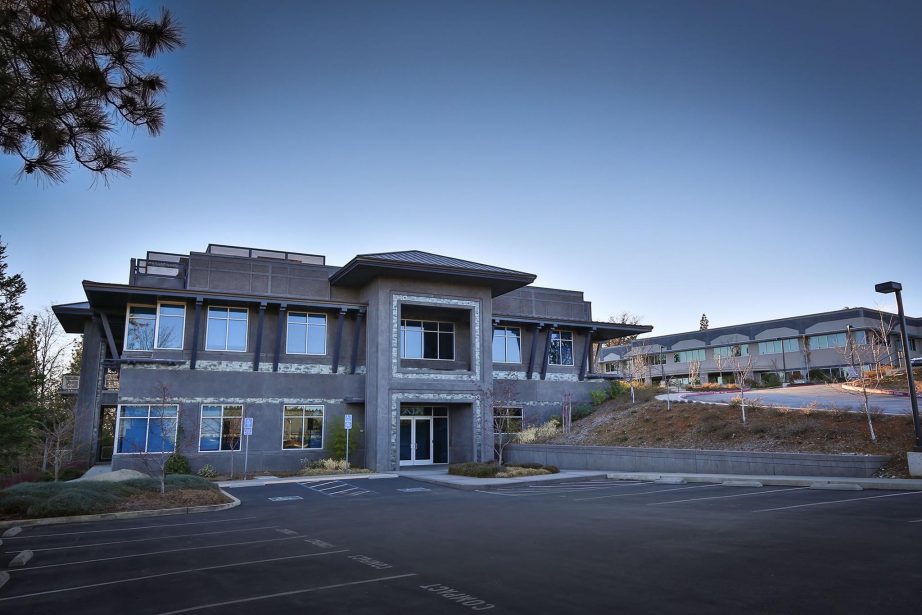John Abt started AJA Video Systems with his wife Darlene in 1993 to develop simple digital parallel to serial and serial to parallel converters. Many of AJA’s products at their core continue to bridge connectivity and simplify pro video workflows through video up, down, cross format conversion.
An engineer by trade, company founder John Abt is still very hands-on in product development. Most recently, he designed the two 12G-SDI KUMO routers announced at NAB 2018.
Prior to founding AJA, Abt spent eight years working at Grass Valley Group (GVG) just as the digital revolution in broadcast was taking off. He grew up in Grass Valley and holds BS and MS degrees in Electrical Engineering from California State University Sacramento. Upon graduating from college, he spent eight years working for KXTV, the Sacramento CBS affiliate. He worked in master control and that is where he met his wife Darlene, also a broadcast engineer at KXTV.
One advantage to being in Grass Valley is access to great engineers, thanks to deep historical roots in engineering innovation.
Abt explained, “Not far from AJA’s campus, there is a building owned by Litton Engineering that’s been there since the 1950s. It was an incubator for many of the technology companies in Grass Valley. That’s where AJA was based in the early days. US Robotics invented the first 28K and 56K modems in that building, and there was a company there called Cyan that was a consultant for Atari and built some of the earliest video games. Coincidentally, back in the day, Steve Jobs, who was then with Atari, liaised between them and Cyan. Charlie Litton Sr. was a prominent defense contractor who moved to Grass Valley to start Litton Engineering. He lured Dr. Hare, the founder of Grass Valley Group, to the area and he also worked in the same building. He started the video technology legacy that has come out of this area.”
While Mini-Converters have been the bread and butter of AJA’s business, there are several long lead products backed by years of development that have also hit big. AJA’s first rack frame cards came out in 1997. The first PCI card, a single framestore, was released in 1998. At NAB 2002, the company introduced the first in its line of KONA cards: PCI cards for HD and SD real-time video.
The next turning point for AJA came in 2003 when a collaboration with Apple led to the debut of the Io. AJA developed the hardware and Apple developed the software. Several successful collaborations with Apple followed, including the Io HD which was the first hardware product to natively support ProRes. It offerred desktop power in a mobile video I/O device. The Io XT was AJA’s first Thunderbolt device. The Ki Pro was the first affordable HD ProRes digital recorder and player.
The company pioneered the category of portable digital recorders with the release of the first Ki Pro in 2009, ushering in a new era of products that recorded edit-ready files, when the conventional path at the time was to record to tape. The FS family of frame synchronizers, often referred to by customers as the “Swiss Army Knives” of their digital workflows, because of their ways to solve any possible video bottleneck, have also been very popular. The latest FS-HDR was the first cost-effective product availble in the market to support live SDR to HDR, HDR to HDR and HDR to SDR conversion.
John Abt said, “You really have to look into the future when you’re building a long lead product. Launching a new line can take two to three years of development, and you hope that by the time you hit the market, you’ve hit the right timing. We know we’ve hit the right note when we continue building on a family of products, and thankfully we have done that with our Ki Pro, KONA, FS, Io, KUMO, Minis and several other lines. You’ve got to find the right balance of form factor, functionality, feature support, ease of use, price and performance—and sometimes a bit of luck too. Having many years of experience in the business makes this balance and timing easier to predict, but it’s never an exact science.”
As AJA grows into new areas, the company continues to deliver pathways for video professionals blazing new workflow trails, from HDR to IP-based standards. Just last year, the company introduced its HDR transforms live converter, the FS-HDR, which provides a fast way to bridge into support for HDR in production, post and delivery.
IP (Internet Protocol) also represents a massive change for professional production and post. AJA believes that at some point IP is the way that everyone in the industry will be working because the technology will enable the most cost efficient production and delivery methods, with built-in embedding, disembedding, routing and metadata support.
The industry is still working through standardization, but AJA remains actively involved with industry standards organizations like AIMS (The Alliance for IP Media Solutions.) AJA recently announced SMPTE ST 2110 support for KONA IP and 10GigE support for 2K/HD video and audio over IP using the Io IP or Avid DNxIP, as well as new IP Mini-Converters for HDMI display at point-of-use.
In addition to its retail products, AJA has a thriving OEM business licensing proprietary technology to many leading third-party equipment developers in professional streaming, video, audio and broadcast. For many years, the company has also developed custom products for the digital cinema industry (DCI), designing and building components for in-theatre projection.
“While it’s not something we market in the retail part of our business, our DCI products have pushed us to solve some incredibly complex engineering challenges while adhering to some of the most stringent security certifications in any industry,” Abt said. “These development exercises in problem-solving translate to better engineering and new levels of support across all of our retail products as well.”
As AJA’s customers continue to evolve, the company looks ahead to products that will solve tomorrow’s production and post-production processes—while integrating with existing infrastructure. As customers adapt to working within IP structures, and as the demand for professional quality audio and video for online streaming and mobile devices continues to push upstream from the ProAV market, AJA is devising new products to support top quality content regardless of delivery outcome.
Quotes from long-time AJA employees
Bill Bowen, Software Engineer
Bill Bowen was the first software engineer and joined AJA in 1998.
“I had worked together with John at Grass Valley Group, and when I left to do consulting, I rented a desk in AJA’s office in the old Litton Building. I knew I wanted to work with AJA, and once they needed software development, I was able to get in on the ground floor.
“Some of the coolest projects I got to be involved with at AJA were helping to define the architecture of our capture cards, being part of the launch of our OEM program and helping to get our DCI business off the ground. Today, I’m working on development of IP and HDR workflow products, and we have a lot of interesting advancement in that arena.”
Jason McLachlan, Electronic Engineer in Hardware Design
Started at AJA in 2000
“The company has grown 10x since I first started working at AJA in the year 2000. Finishing my engineering degree at the time, I wore two hats as a combination hardware engineer and IT administrator. We’ve grown from a small company where everyone did a little bit of everything, to a 200-person company with a lot of very highly specialized engineers on staff.
“Over the years there have been many things I’ll never forget. One was seeing our own SDI stream of HD video being interfaced for the first time to a high-resolution LCD display and thinking ‘WOW, that looks like a poster!’ We were continually challenged to make things happen that were supposed to be impossible, often requiring creativity and ingenuity. Fast forward to today, and we get to combine what we learned earlier with the big, powerful tools and simulators applied to much higher speeds and data rates.
“Grass Valley is a great community. It’s been a great place to live and work. The fact that so many of the employees have been here for such a long time is a testament to the fantastic people here at AJA.”

